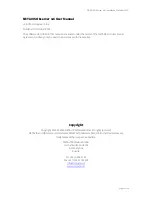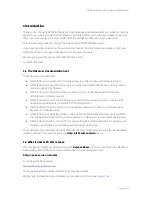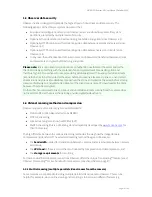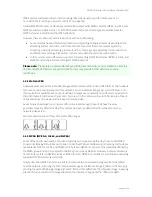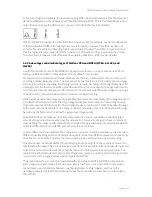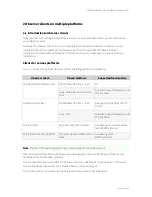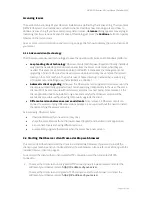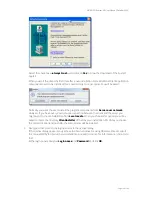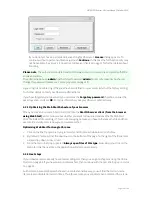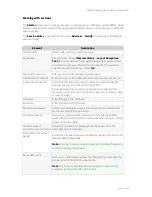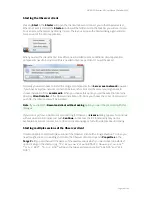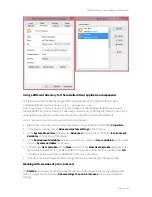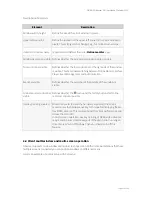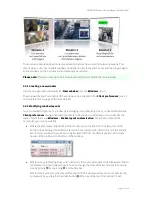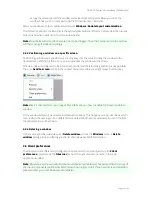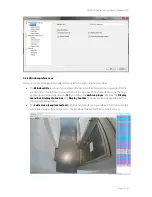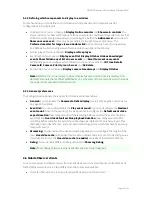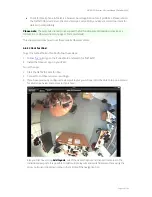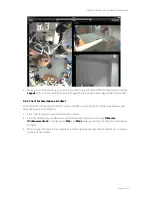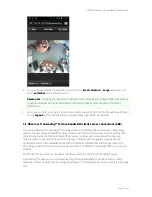
NETAVIS Observer 4.6 User Manual (October 2015)
Page 12 of 204
Licensing issues
The available functionality of your Observer installation is defined by the license string. The document
NETAVIS Observer Server Installation and Administration
describes how licensing works and how to
obtain a license string. If you have a temporary demo license, a
License
dialog appears at every login
indicating that there is no permanent license. At this dialog just press the
Continue
button to operate
Observer in the demo mode.
See
11.1 Server system information and restarting
on page 108 for how to display the current license of
your server.
2.1.1 Advanced client technology
The Observer uses advanced technologies to ease the operation of clients on MS Windows platforms:
Lazy-loading client technology
: Observer clients (both browser-based and locally installed)
only load the needed application components from the server on demand, when they are
needed. This saves time at startup and also bandwidth. It also eases the management and
upgrading of clients. Libraries for one version are downloaded only once and are then stored
locally on the client machine. The path is <user’s home directory>\netavisLibs\<version> (e.g.
C:\Documents and Settings\user\netavisLibs\4.4.5.158.634).
Automatic client upgrading
: Whenever the Observer server is upgraded to a new version, the
clients are automatically upgraded too. This is happening transparently to the user. The same
client will still be able to work with older server versions (see next point). Since release 1.9 the
client application has to be installed only once and every further Observer version will be
seamlessly accessible, without having to manually upgrade the client.
Different versions between servers and clients
: Since release 1.9 Observer clients can
connect to servers running different versions (release 1.9 or newer) without the need to install
clients matching the servers’ versions.
As a summary, Observer clients...
…download libraries (for one version) only once
…share the same libraries for both browser-based (applet) and installed client application
…can connect to servers having different versions
…automatically upgrade themselves when the server has a new version
2.2 Starting the Observer client from a desktop web browser
This section describes how to start the client in a standard web browser. If you want to install the
client on your machine and run it independently of a web browser, please refer to
2.3 Working with the
installed Observer client
on page 16.
You can start the client with an unencrypted HTTP connection or with an encrypted HTTPS
connection:
1.
To access the client via an unencrypted HTTP connection start a web browser and enter the
address of your Observer server:
http://IP-address-of-your-server
To access the client via an encrypted HTTPS connection start a web browser and enter the
address of your Observer server:
https://IP-address-of-your-server


